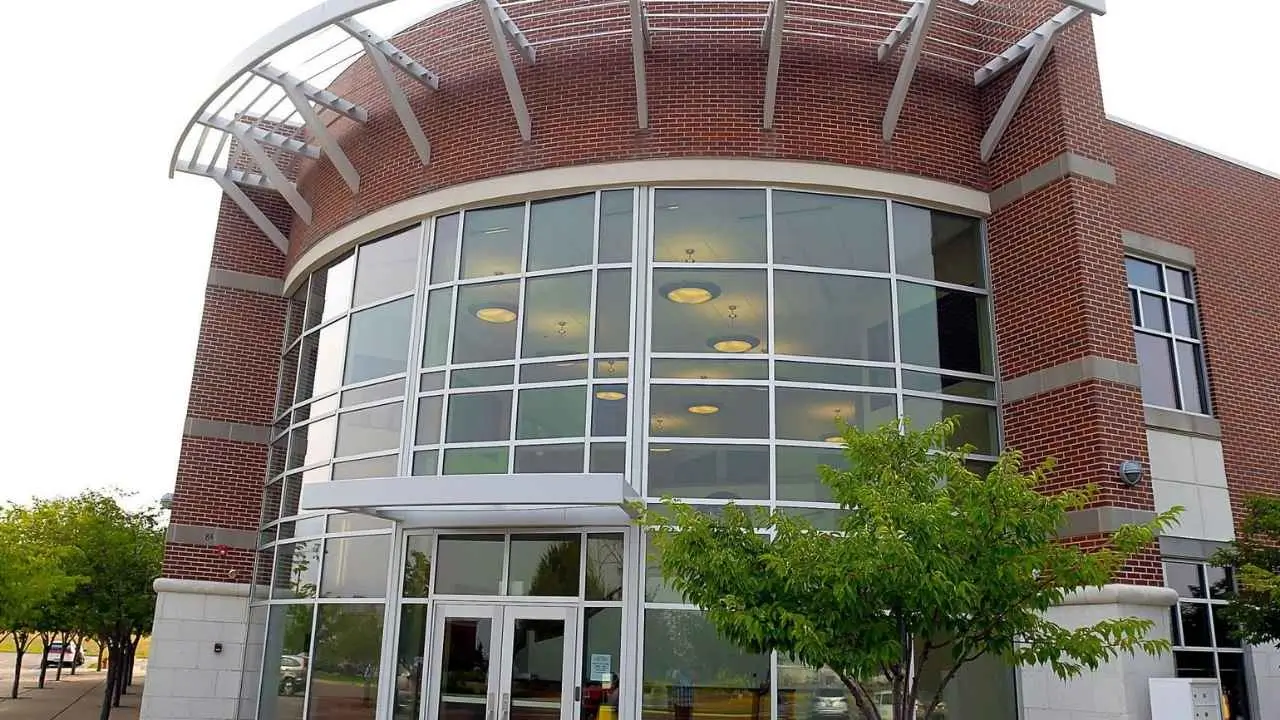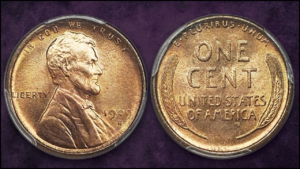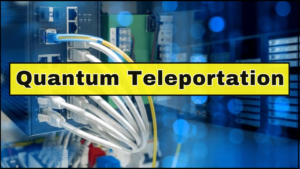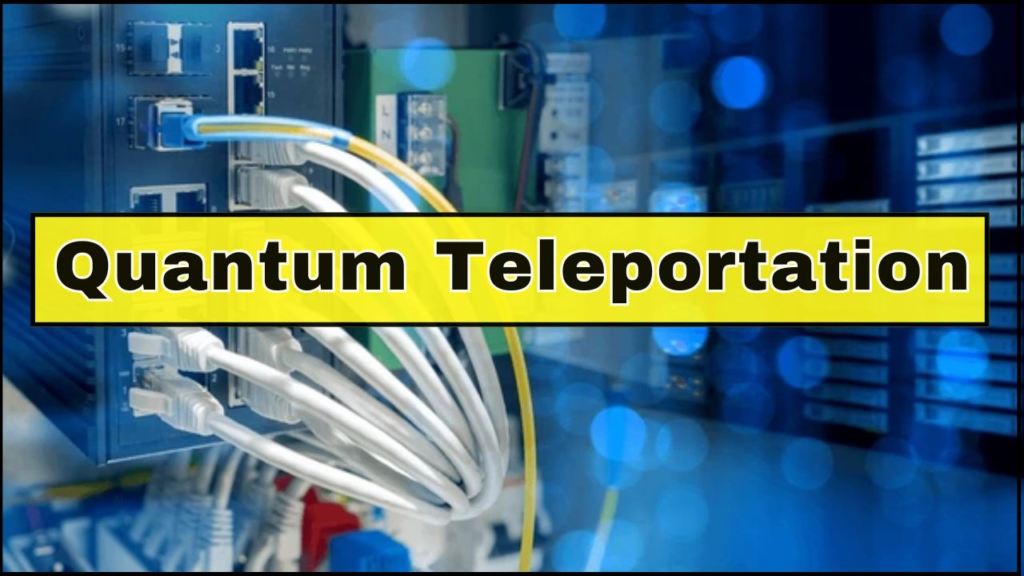
In a historic first, researchers at Northwestern University have successfully demonstrated quantum teleportation over an active fiber-optic internet network. By transmitting quantum information through 30 kilometers of cable carrying live data traffic, the experiment marks a decisive step toward a future quantum internet that could transform global communications, cybersecurity, and computing.
Quantum Teleportation
| Key Fact | Detail |
|---|---|
| Quantum teleportation distance | 30 kilometers |
| Infrastructure used | Active fiber-optic cable carrying internet traffic |
| Technology used | Entanglement-based photonic qubits |
| Significance | Demonstrates quantum communication can run on existing networks |
| Official Website | Northwestern University |
From Lab Bench to Real Infrastructure
Until now, quantum teleportation—the transmission of a quantum state without moving the particle itself—had been confined to carefully controlled laboratory settings or experimental satellite missions. This experiment represents the first time the technique has been applied to existing commercial-grade fiber, proving it can work outside the lab and alongside ordinary internet traffic.
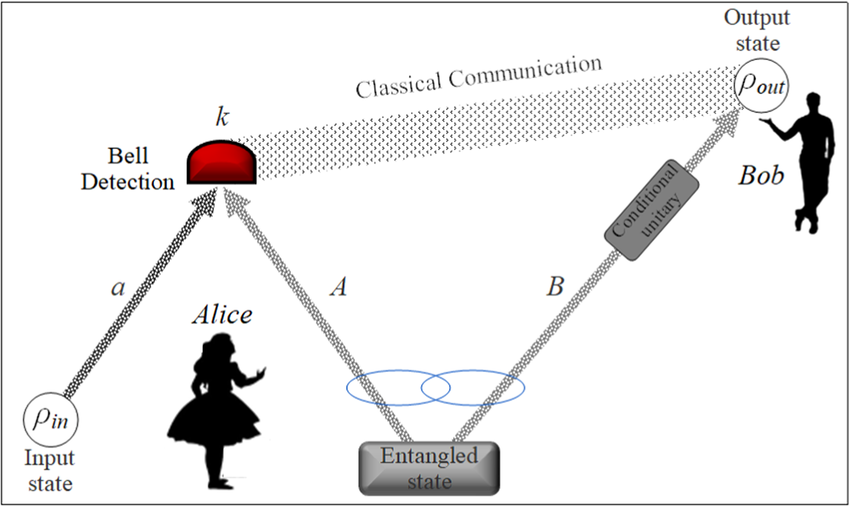
How Quantum Teleportation Works
Entanglement and Classical Channels
Quantum teleportation is based on quantum entanglement, a phenomenon in which two particles share a state in such a way that a change to one instantly affects the other, no matter the distance. When the sender performs a measurement on an entangled pair, the state is mathematically reconstructed on the receiver’s end—but only once classical information has been transmitted, ensuring no violation of the speed of light.
The Northwestern experiment used photonic qubits, a form of quantum information encoded in particles of light. By combining entanglement with a classical signal sent over the internet, the team was able to replicate the state of the original qubit at the receiving end with high fidelity and minimal noise.
“Teleportation doesn’t mean sending matter,” explained Dr. Jelena Vuckovic, a professor of electrical engineering at Stanford University, who was not involved in the study. “It means transferring the information carried by a quantum state, which is far more delicate and powerful than ordinary data.”
A Brief History of Quantum Teleportation
The concept of quantum teleportation was first proposed in 1993 by a team of theoretical physicists led by Charles Bennett at IBM. The first laboratory teleportation of a photon took place in 1997 in Austria. Over the next two decades, experiments extended teleportation distances from centimeters to kilometers.
In 2017, China’s Micius satellite successfully teleported quantum states between space and Earth over 1,200 kilometers, setting a record and demonstrating long-distance feasibility. In 2020, the U.S. Department of Energy (DOE) reported a successful 44-kilometer teleportation over dedicated fiber at Fermilab. Northwestern’s achievement builds on this work by proving that quantum and classical signals can coexist in the same cable, an essential step for real-world deployment.
Why Using Existing Fiber Matters
Until now, one of the largest hurdles to building a quantum internet has been infrastructure. Building a separate network solely for quantum signals would be enormously expensive. Northwestern’s demonstration shows that the same cables delivering streaming video, online banking, and cloud data could also carry quantum information.
“The ability to piggyback quantum signals on existing networks is a breakthrough,” said Dr. Sarah Kaiser, a quantum technology consultant. “It means scaling up doesn’t require reinventing the entire internet.”
This efficiency could accelerate adoption, especially in urban and national networks, where the majority of fiber infrastructure already exists.
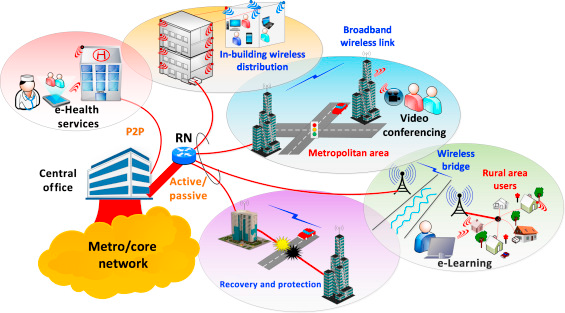
Potential Applications: From Finance to Defense
Cybersecurity
Quantum teleportation could enable quantum key distribution (QKD), a method of generating encryption keys that is virtually immune to interception. Unlike classical cryptography, QKD relies on the physical laws of quantum mechanics rather than mathematical complexity.
“A quantum internet could secure communications for banks, governments, and critical infrastructure in ways we’ve only imagined,” said Dr. Anya Sharma, a fellow at the Brookings Institution.
Healthcare and Cloud Computing
Hospitals and research institutions could securely share sensitive medical data without risk of interception. Quantum communication might also enable new distributed quantum computing architectures, linking multiple processors to function as a single, more powerful machine.
Defense and National Security
The Pentagon has identified quantum networks as a key strategic priority, with potential applications in secure command-and-control systems, resilient communications, and cryptographic superiority.
The Global Race for Quantum Dominance
Quantum communication is rapidly becoming a strategic technology arena, similar to space exploration during the Cold War.
- United States: The DOE is investing heavily in quantum network testbeds, aiming for a functional national quantum internet by 2035.
- European Union: The EU launched the EuroQCI initiative, seeking to create a secure quantum communications network by the early 2030s.
- China: The world leader in satellite-based quantum communication, China is expanding its terrestrial networks at record speed.
- Japan and Canada: Both countries have made recent breakthroughs in fiber-based quantum communication.
“This is not just about science,” said Dr. Matthew LeClair, a national security analyst at the Center for Strategic and International Studies. “Quantum communication will be a geopolitical asset—whoever builds and controls the first operational quantum internet will shape the security architecture of the next century.”
Technical Challenges Ahead
While the demonstration is groundbreaking, scaling it globally poses formidable challenges.
- Signal Loss: Quantum signals degrade quickly over long distances, even in high-quality fiber.
- Quantum Repeaters: Unlike classical networks, quantum signals cannot simply be copied and amplified. Specialized repeaters are needed to maintain entanglement integrity.
- Error Correction: Quantum information is extremely sensitive to environmental noise, requiring advanced error correction protocols.
- Standardization: The lack of global technical standards remains a barrier to interoperability between different quantum systems.
“Teleportation is the easy part,” said Dr. Vuckovic. “Building a network that does this reliably across continents is where the hard work begins.”
Ethical and Security Considerations
Experts caution that quantum communication—while secure against traditional hacking—could reshape surveillance and privacy dynamics. Nation-states with early access may gain new intelligence capabilities, and commercial monopolies could emerge around quantum infrastructure.
There are also concerns about economic inequality, as wealthier nations or corporations could dominate early deployment. Policymakers have called for transparent governance frameworks to ensure equitable and secure access.
“This technology could either democratize secure communication or concentrate power,” said Dr. Sharma. “The choices made in the next decade will set the tone for its global impact.”
Looking Forward: From Breakthrough to Network
Northwestern’s team plans to extend teleportation distances and integrate quantum repeaters to build multi-node networks. They are collaborating with the U.S. Department of Energy, telecom companies, and technology firms to pilot the first city-to-city quantum network in the Midwest.
Similar testbeds are emerging in Boston, Washington D.C., and Silicon Valley. Industry observers believe early commercial services could appear as soon as the early 2030s, starting with high-security sectors such as finance and defense.
“This is a marathon, not a sprint,” said Dr. Kumar. “But this experiment shows the marathon has truly begun.”
FAQ About Quantum Teleportation
What is quantum teleportation?
Quantum teleportation is the transfer of a quantum state between two points using entanglement and classical communication—without physically moving the particle.
Can this be used to teleport people or objects?
No. Only quantum information is transmitted. Physical objects cannot be teleported using this method.
Why is this experiment historic?
It’s the first demonstration of quantum teleportation over active fiber networks carrying ordinary data, not isolated lab equipment.
Who led the experiment?
The research was led by Northwestern University’s Center for Photonic Communication and Computing, with support from the U.S. Department of Energy.
What happens next?
Researchers plan to extend teleportation distances, integrate quantum repeaters, and develop pilot quantum networks in the United States.






